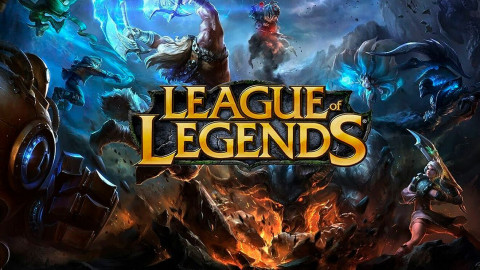
Video games are one of the most popular forms of entertainment nowadays. According to some estimates, the global gaming market was worth about $178 billion in 2021. Experts say that by 2025, this market will amount to $268.8 billion. Isn’t it impressive?
Gaming technologies are becoming part of many domains, and the educational domain is no exception. Games are being actively used at schools as an effective teaching and learning tool. Even colleges start implementing gaming technologies in their curricula.
When did it start?
They say that gaming became part of education back in the 1970s when The Oregon Trail, one of the first computer games, was teaching pupils about the life of Americans who traveled to the West in the 1800s. People who went to school between the 1970s and 1990s remember this iconic game that made their lessons more exciting. Since then, a great number of decent educational games have been released. The most popular of them are Zoombinis, DragonBox Algebra, iCivics, and Math Blaster!
Why use video games in the classroom?
For some people, the reasons to use video games for learning are not obvious. If you also don’t understand the importance of this tool, let’s discuss it below.
Experiential learning
What are some of the most important skills one can get in the 21st century? For sure, they include creative problem solving, critical thinking, and leadership. But how do develop these skills in a traditional study setting? Unfortunately, it’s almost impossible. That’s why we should try new ways of learning, such as those that include games. A nice pick would be DragonBox Algebra, which is a game where students have to solve math problems in a fantasy environment. This game helps users develop their critical thinking skills. Another “tool” that benefits students a lot is Civilization. In this game, players become civic leaders whose task is to lead nations towards prosperity. College students interested in the financial field should try ARTé: Mecenas, where they need to work towards becoming successful bankers.
Engagement in content
How much time does each student spend learning in a classroom? They say it’s only about 60%. So the question is how to maximize this time? A good solution would be by increasing engaged time on task. When one is really interested in a topic and cares about it, they are more engaged. A proven way to ensure this engagement is by organizing some gaming activities. When I was a student and had to write my research paper, it was really difficult for me to focus on it. That’s why I used the help of assignment writing services and college advisors. But now, thanks to gamification, students can concentrate on the task more easily. Games improve their engagement and motivation, which results in an extended learning time.
Less complexity
Most educators believe that students can’t be given knowledge. Instead, they construct knowledge themselves in their own minds. That means they build on concepts they learned previously, acquiring complex knowledge. This process can be quite difficult to complete. To make it more fun, one can use gaming technology. For example, if you need to memorize the periodic table of elements, you can turn to a popular video game called Pokémon. In this game, players have to figure out how to combine the 17 types of attack when battling Pokémon, and by doing that they learn a large table with 27,624 entries. In other words, by playing Pokémon, students can construct deep knowledge. Sounds fun and not so complex, doesn’t it?
Learning from failures
If you are an avid video game player, you must have failed countless times. The good news is that games are a way to allow yourself to fail in a safe environment. By playing you can learn from your failures and develop your persistence. Games force you to try again and again until you succeed. And this is probably one of the most valuable skills you can acquire for life. Games like Burnout Paradise can even make failure fun. How? In this game, you can crash your car and earn points for that! Just imagine that failures don’t come with negative consequences. Where else can you find that? Hence, this game allows you to learn from your mistakes and keep going even despite a mistake.
Final thoughts
Gaming is one of the most underrated tools in modern education. However, things are changing very fast and games are actively becoming part of the educational process. In fact, they bring countless benefits to students, some of which have been mentioned above.
Author’s BIO
Charlie D. Kenney is an education expert and private tutor. His job is to help students achieve better academic results and reach their ambitious learning goals. Charlie is also an avid player of video games. He believes that gaming can be an effective educational tool.
-
 Guest Reporter
Guest Reporter
Sort by:
Comments :0





